The distribution of sodium ions in salt-cured meats is a fascinating interplay of chemistry, time, and tradition. For centuries, humans have relied on salt preservation to extend the shelf life of meat, but the microscopic journey of sodium ions through muscle tissue remains a subject of ongoing research. As we examine the salt-curing gradient in products like bacon, ham, and salt pork, we uncover a complex dance between diffusion, protein interaction, and cellular transformation that determines both food safety and flavor.
When salt first contacts the meat surface, it begins dissolving in the meat's inherent moisture, creating a concentrated brine. This initial brine forms what scientists call the "surface depletion layer," where sodium and chloride ions rapidly penetrate the outermost 1-2 mm of tissue. The high surface concentration creates an osmotic imbalance that pulls water from deeper muscle fibers while pushing salt inward—a process that continues until equilibrium is reached. Modern studies using sodium-23 MRI have shown this penetration front moves at about 1 cm per day under typical curing conditions.
The middle stages of curing reveal an unexpected phenomenon: sodium ions don't distribute uniformly even after weeks of processing. Instead, they form concentration gradients that mirror the meat's structural hierarchy. Myofibril proteins absorb sodium preferentially over connective tissue, creating micro-gradients within macro-gradients. This selective distribution explains why well-cured meats develop varying textures—salt-hardened exteriors give way to more supple interior regions where sodium interacts differently with actin and myosin filaments.
Temperature dramatically influences ion migration patterns. In traditional cellar curing at 4°C, sodium establishes relatively stable gradients over months of aging. But industrial quick-curing at higher temperatures produces chaotic distribution patterns, often requiring brine injection to compensate. Artisanal producers have long observed that slow-cured meats develop more complex flavors, which food chemists now attribute to the relationship between sodium diffusion rates and enzymatic activity in muscle tissue.
At the molecular level, sodium ions perform dual roles during curing. They disrupt microbial cellular function for preservation while simultaneously altering meat proteins. The ions gradually replace potassium within muscle cells, causing protein filaments to unwind and rebind in new configurations. This structural metamorphosis creates cured meat's characteristic firmness while allowing hydrophobic flavor compounds to emerge. Recent atomic absorption spectroscopy studies show sodium concentrations can vary by 300% between adjacent muscle bundles in dry-cured hams.
The final equilibrium state—where salt concentration equalizes throughout the meat—is rarely achieved in practice. Even after months of curing, subtle gradients persist, creating what charcuterie experts call "flavor landscapes." These residual variations explain why different sections of the same cured product can offer distinct taste experiences. Modern X-ray fluorescence mapping has revealed that sodium often concentrates along former blood vessel pathways, creating invisible "salt veins" in aged products.
Water activity modulation stands as sodium's most crucial preservation function. As ions penetrate, they reduce available water molecules that microbes need for growth. However, the relationship isn't linear—a 5% salt solution decreases water activity more dramatically than subsequent increases. This explains why traditional curing recipes often use salt concentrations far beyond what's needed for microbial inhibition, as the excess sodium continues shaping texture and flavor development during aging.
Contemporary research is challenging old assumptions about salt distribution. Where textbooks once depicted smooth concentration curves from surface to center, high-resolution spectroscopy shows salt "plateaus" and "cliffs" within the meat matrix. These discontinuities arise from variations in fat content, muscle fiber orientation, and residual blood vessels. Some heritage curing methods accidentally exploit these phenomena—the alternating layering of salt and meat in some Mediterranean techniques creates intentional distribution asymmetries that enhance flavor complexity.
The sodium-protein interaction during curing has implications beyond preservation. Myosin's helical structure unwinds when sodium ions displace calcium, exposing new binding sites that change the meat's water-holding capacity. This explains the weeping of brine sometimes observed in vacuum-packed cured products—as proteins continue rearranging months after initial processing, they release previously bound water containing dissolved sodium. Food engineers now monitor these post-curing changes using neutron scattering techniques to predict product stability.
As consumers demand reduced-sodium products, understanding these distribution patterns becomes crucial. Simply using less salt often creates unsafe products because sodium's protective effect depends on achieving critical concentrations in all tissue regions. New approaches like pulsed electric field pretreatment can make meat more permeable to salt while maintaining traditional textures. Other innovators are experimenting with salt microcapsules that release sodium ions differentially during curing to mimic traditional gradient patterns with lower overall usage.
The art of salt curing, it turns out, has always been about controlling invisible landscapes of sodium ions. From medieval smokehouses to modern food labs, the quest to understand and harness these gradients continues shaping one of humanity's oldest food preservation methods. As analytical techniques improve, we're discovering that what was once considered simple salt penetration is actually a remarkably sophisticated physicochemical ballet—one that transforms raw muscle into culinary treasure through the patient journey of sodium ions.

By /Jul 14, 2025

By /Jul 14, 2025
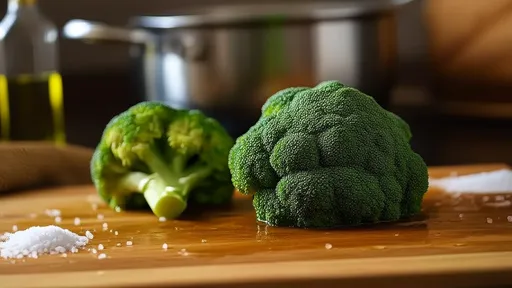
By /Jul 14, 2025
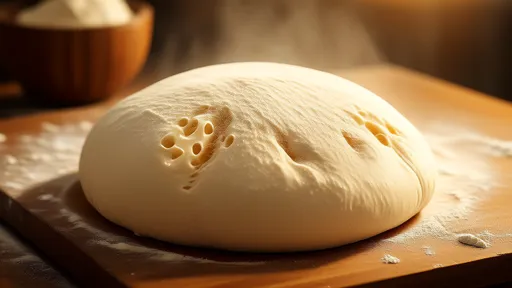
By /Jul 14, 2025
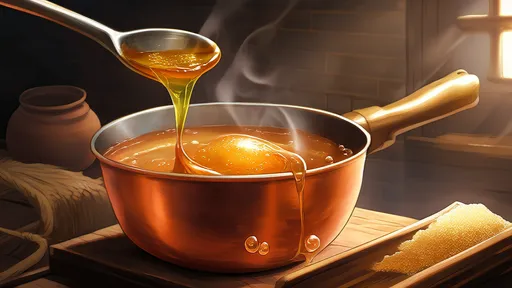
By /Jul 14, 2025

By /Jul 14, 2025
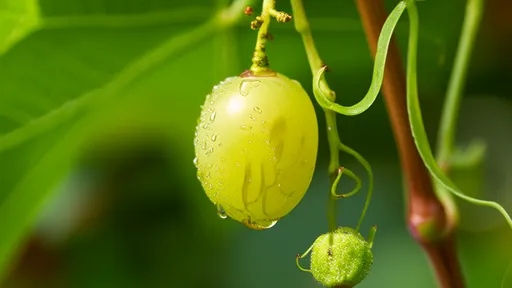
By /Jul 14, 2025
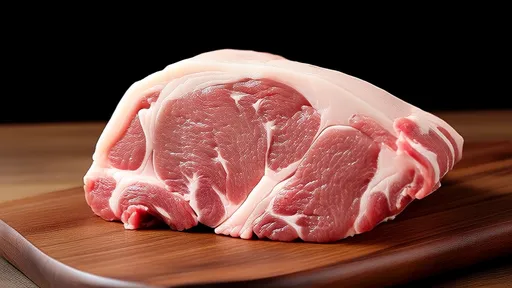
By /Jul 14, 2025
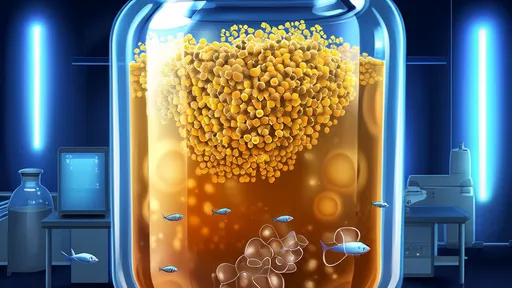
By /Jul 14, 2025
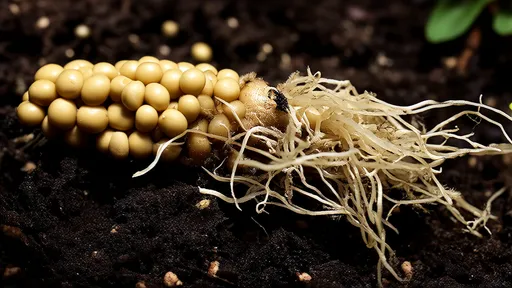
By /Jul 14, 2025
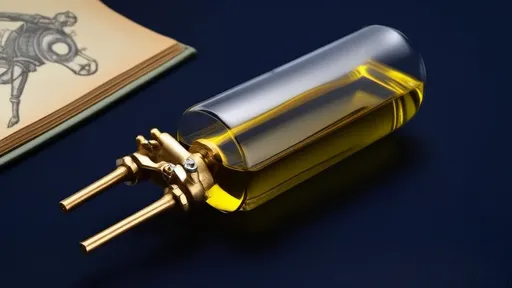
By /Jul 14, 2025
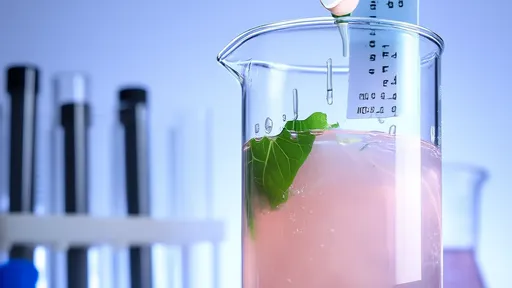
By /Jul 14, 2025
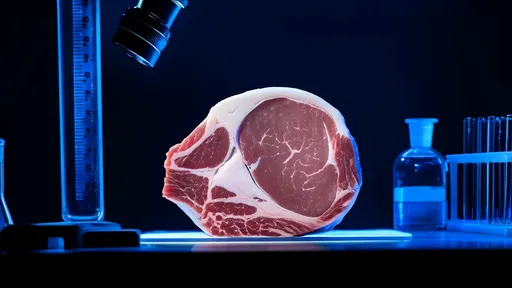
By /Jul 14, 2025

By /Jul 14, 2025
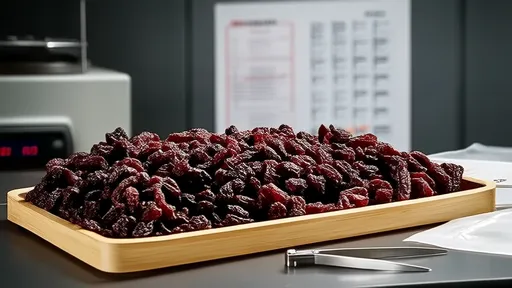
By /Jul 14, 2025
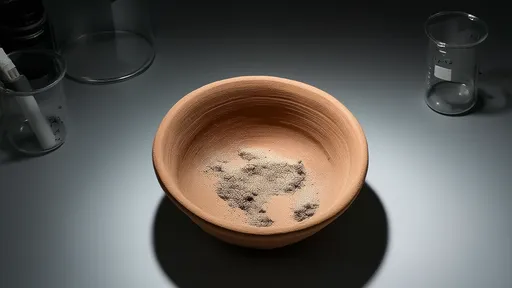
By /Jul 14, 2025
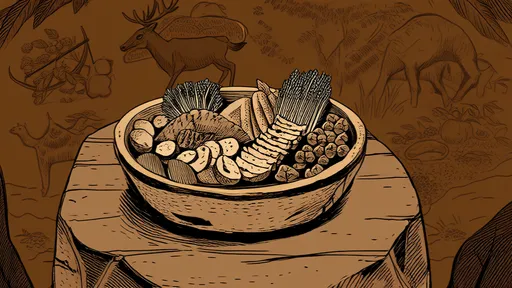
By /Jul 14, 2025
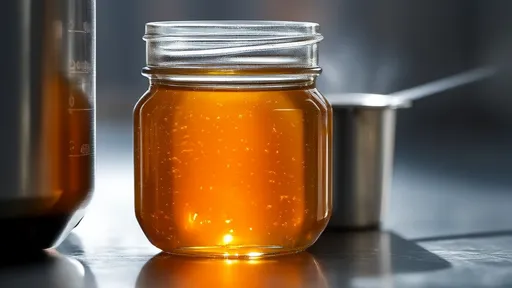
By /Jul 14, 2025